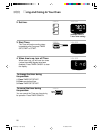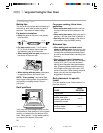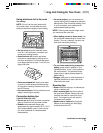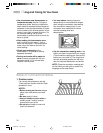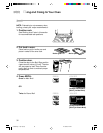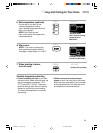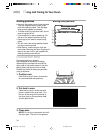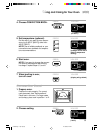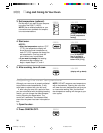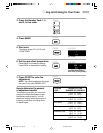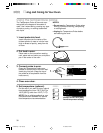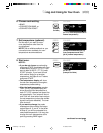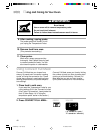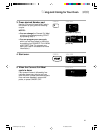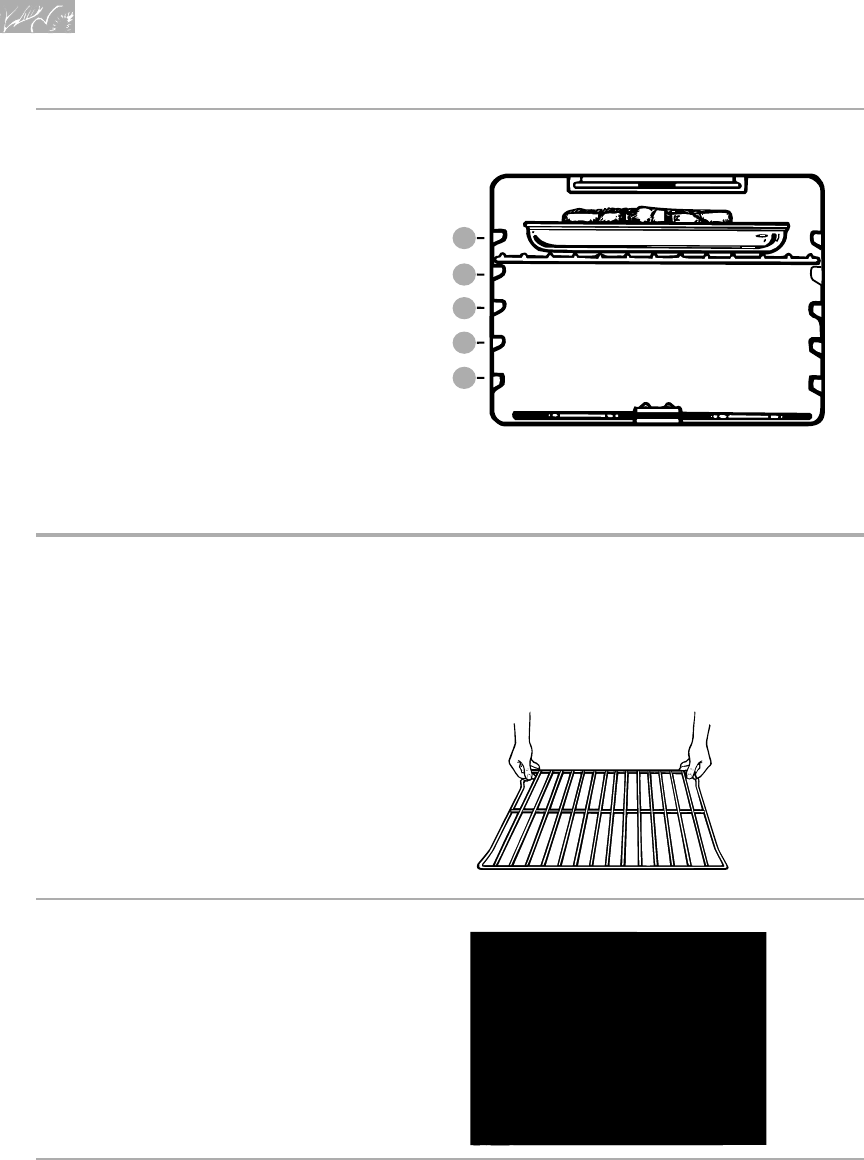
34
U sing and Caring for Your Oven
Broiling rack positions
4
3
2
1
5
Broiling guidelines
• Use only the broiler pan and grid provided.
They are disigned to drain extra juices
from the cooking surface. This drainage
helps prevent spatter and smoke.
• To make sure the juices drain well, do not
cover the grid with foil.
• Trim excess fat to reduce spattering. Slit
the fat on the edges to prevent curling.
• Use tongs to turn meat to avoid losing
juices.
• Pull out oven rack to stop position before
turning or removing food.
• After broiling, remove the pan from the
oven when removing the food. Dripping will
bake on the pan if left in the heated oven,
making cleaning more difficult.
Convection Broil
Convection broiling is actually
high-temperature convection roasting,
combining fan-circulated hot air with the
direct heat of the broiler element. Use this
setting when broiling thick cuts of meat.
Results are similar to those you get when
using a rotisserie.
1. Position rack.
See “Broiling chart” later in this section
for recommended rack positions.
2. Put food in oven.
Place food on grid in broiler pan and
place in center of the oven rack. Turn
the pan so the long side is parallel to
the oven door for the most even heat
and the best airflow.
3. Close door.
NOTE: Do not try to convection broil with
the door open. The fan will not operate.
9753309A(p. 1-40)v16(c87) 12/16/98, 8:45 AM34



